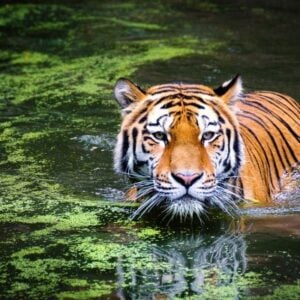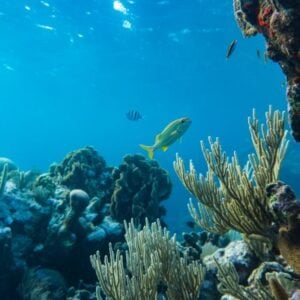Two Mediterranean conservation initiatives—from Morocco’s Atlantic Sahara and Spain’s Catalonia—are now featured on the IUCN Contribution Platform, showcasing how IUCN Members are using this digital tool to share their impact. As part of global efforts to meet the targets set under the Kunming-Montreal Global Biodiversity Framework and the IUCN Programme, the platform enables Members, Commissions, and the Secretariat to document their contributions to the Nature 2030 agenda, ensuring alignment, transparency, and progress tracking within a unified conservation framework.
Each submission to the Contribution Platform tells a unique story of locally driven, science-based conservation efforts. These entries serve both as progress indicators and as real-world examples of how community engagement and scientific planning come together to protect biodiversity.
In Morocco, the Réseau Association Khnifiss has focused on enhancing ecotourism in Khnifiss National Park. Their contribution includes the development of an ornithological zoning system that divides the park into three distinct ecosystems—wetlands, marine areas, and Saharan landscapes—based on birdwatching value and species diversity. These zones serve as a scientific foundation for creating guided visitor routes, turning the region’s biodiversity into a sustainable economic and educational resource.
Meanwhile, in Spain, the Zoological Park of Barcelona is using the platform to showcase a range of conservation projects, including the LIFE Trito del Montseny project, which protects the critically endangered Montseny brook newt. Other initiatives include restoring marine habitats, setting up butterfly micro-reserves, monitoring otter populations, and preserving vulnerable species such as Pinna nobilis and the European polecat. Each initiative is categorized according to thematic focus, such as species protection or ecosystem health, with estimated impact percentages.
The platform integrates scientific tools such as the Species Threat Abatement and Restoration (STAR) metric and the Restoration Barometer to quantify the conservation potential of each action. For the Khnifiss project, the STAR analysis indicates that addressing livestock overgrazing and hunting could reduce over 50% of local extinction risk. Other threats like tourism pressure and ecosystem modification are also mapped, allowing for targeted conservation strategies.
Barcelona Zoo’s contributions currently show a STAR value of 324, representing about 8.5% of Spain’s total potential to reduce species extinction risk. Key threats addressed include livestock farming, crop expansion, and ecosystem degradation. These data-driven visualizations help prioritize conservation actions and highlight the zoo’s strategic role in national biodiversity protection.
The IUCN Contribution Platform plays a pivotal role in bringing visibility to these local success stories within a global conservation context. It enables IUCN Members to align their work with international goals, making their efforts measurable, accessible, and interconnected. For Mediterranean stakeholders like Réseau Association Khnifiss and the Zoological Park of Barcelona, the platform is not only a reporting tool but a space for global collaboration, recognition, and enhanced impact.







